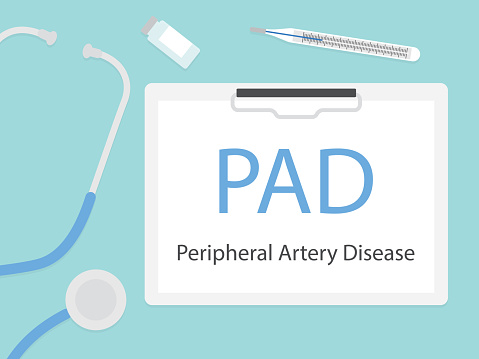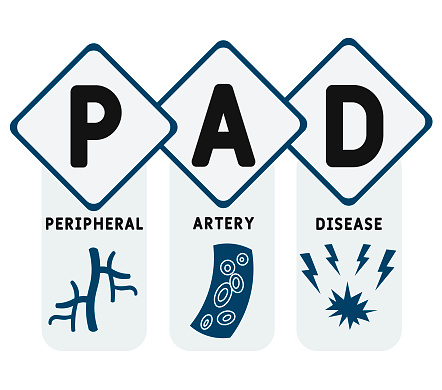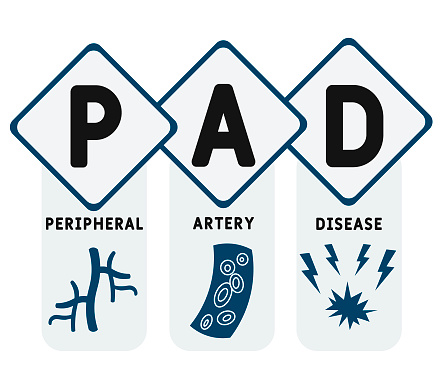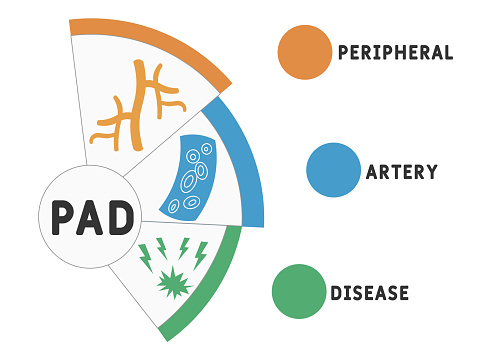Ethnic minorities have worse peripheral artery disease (PAD) outcomes, according to a study published in Frontiers in Cardiovascular Medicine.
In this study, researchers used data from the National Inpatient Sample (NIS) to explore the racial/ethnic disparities in PAD-related hospitalizations. In total, they assessed 341,480 PAD hospitalizations.
According to the results, Whites and Native Americans had the highest odds of PAD with chronic limb threatened ischemia (OR=1.77, 95% CI, 1.61, 1.95), while Black (OR=1.71, 95% CI, 1.66, 1.76) and Hispanic (OR=1.36, 95% CI, 1.31-1.41) patients had higher odds of amputation. Asian or Pacific Islanders had a higher rate of mortality (OR=1.20, 95% CI: 1.01,1.43), and Asian or Pacific Islanders incurred the highest inpatient costs (Margin=30093.01, 95% CI, 28827.55-31358.48) and experienced the longest stay (IRR=0.14, 95% CI, 0.09-0.18).
“Our study identified elevated odds of amputation among Hispanic patients hospitalized with PAD as well as higher hospital mortality and medical expenses among Asian or Pacific Islander PAD inpatients. These two demographic groups were previously thought to have a lower risk for PAD and represent important populations for further investigation,” the researchers concluded.
Link: https://pubmed.ncbi.nlm.nih.gov/34109228/
Keywords: chronic limb threatened ischemia, disparities, medical expenditure, mortality, peripheral artery disease









